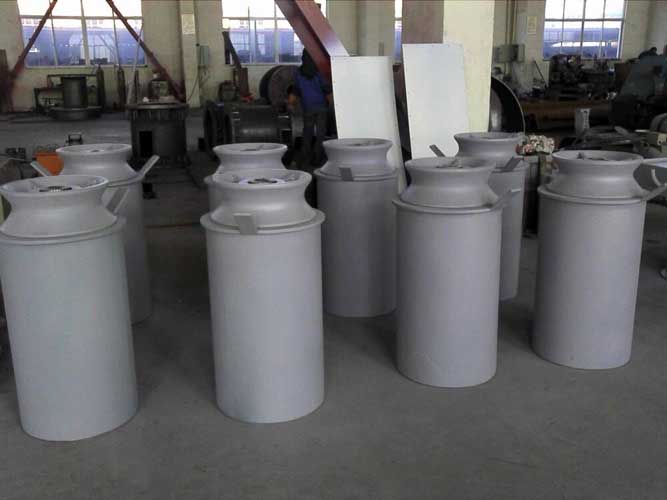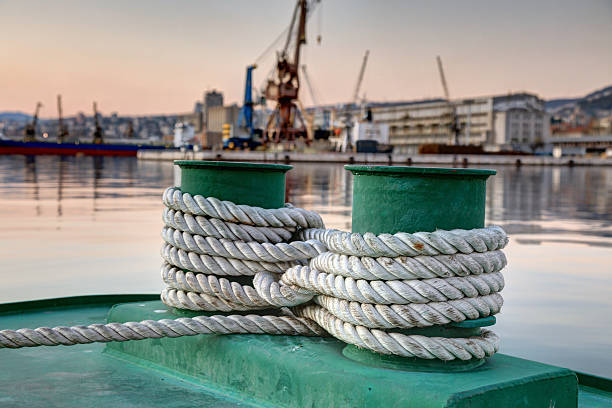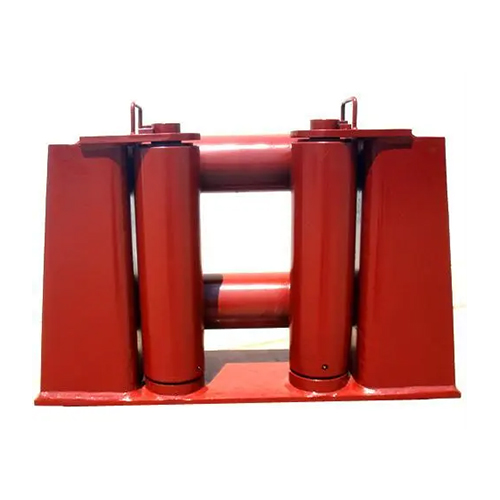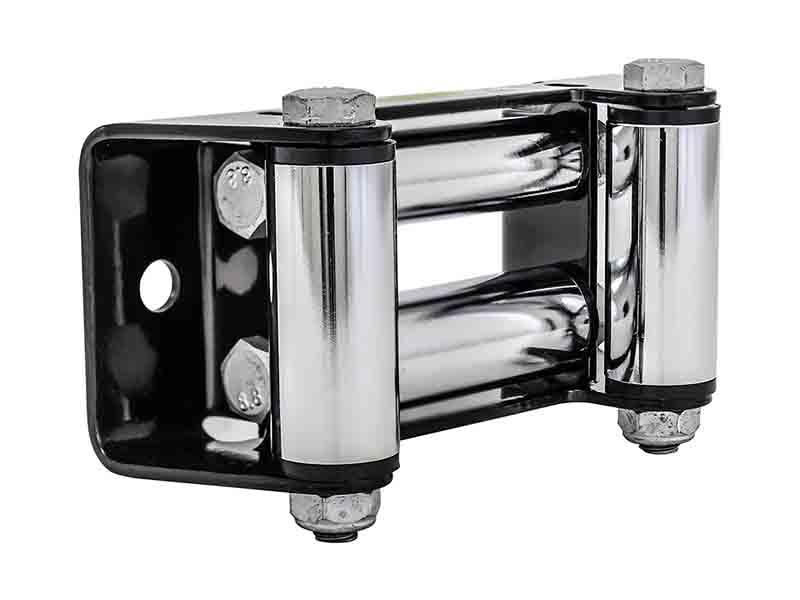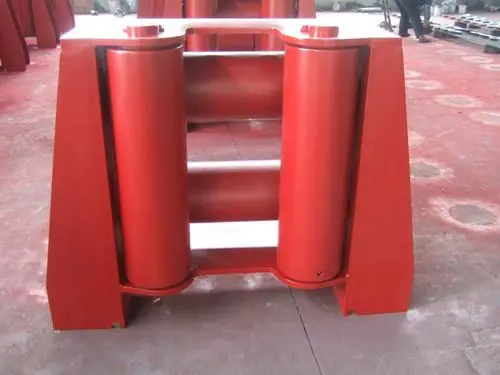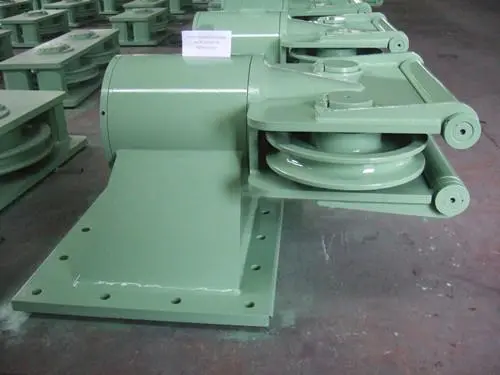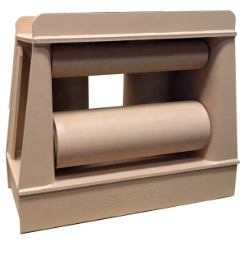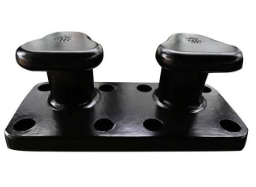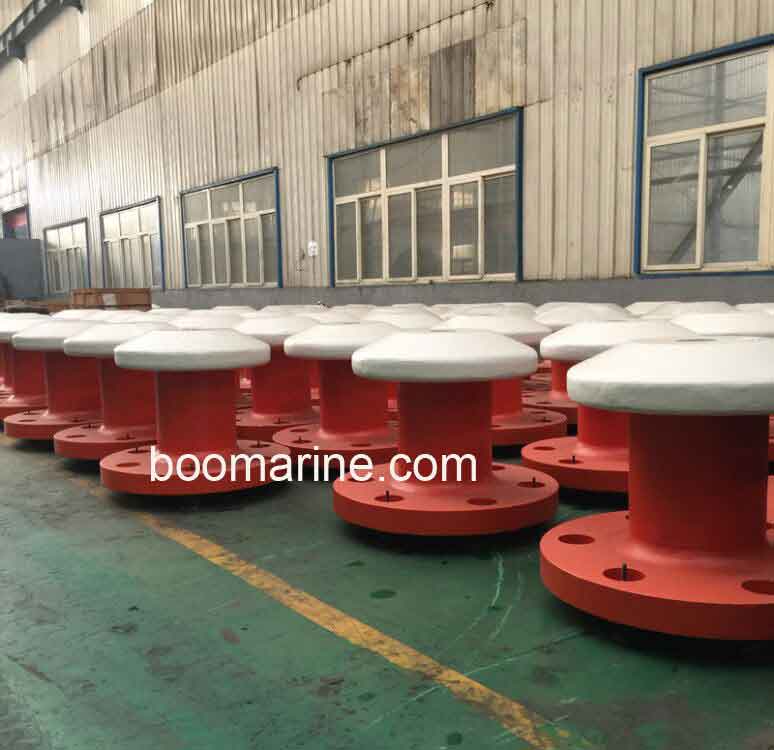Table of Contents
Roller fairleads play a vital role in numerous industries and applications, offering a simple yet highly effective solution for guiding ropes and cables. They are mechanical devices designed to reduce friction and wear on moving ropes, ensuring smoother and more efficient operations. In this article, we will explore the definition of roller fairleads and delve into the crucial importance they hold in various applications across different sectors.
What are Roller Fairleads?
Roller fairleads are mechanisms comprised of rollers placed side by side within a frame, forming a continuous path for ropes or cables to pass through. These rollers rotate freely, allowing the rope to move effortlessly along the designated route. The frame typically provides support and stability to ensure proper alignment and reduce lateral movement.
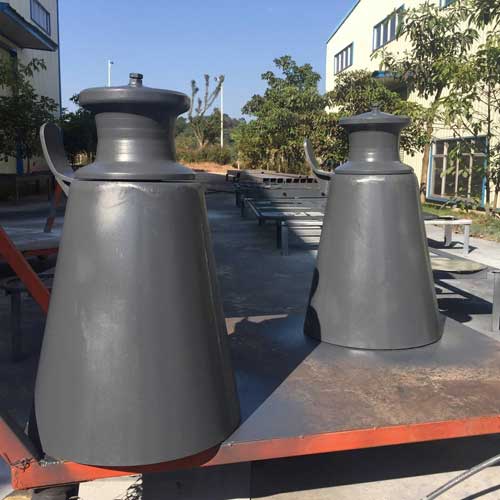
These fairleads are widely utilized in scenarios where ropes or cables are subjected to continuous movement and must navigate various angles or bends. By employing roller fairleads, operators can minimize the friction generated during cable handling, preventing wear and tear and ensuring the smooth transmission of force from one point to another.
Importance and Purpose of Roller Fairleads in Various Applications
Roller fairleads play a crucial role in numerous industries and applications where ropes and cables are extensively used. Some of the key purposes and importance of roller fairleads include:
Friction Reduction: By using rollers instead of fixed surfaces, roller fairleads significantly reduce the friction between the ropes and the guiding system. This minimizes the risk of abrasion and damage to the ropes, enhancing their durability and safety.
Cable Management: In various industries such as marine, construction, and offshore, there is a need to manage the routing of cables and ropes. Roller fairleads facilitate smooth and controlled movement, preventing tangling or snagging during operations.
Safety: Roller fairleads ensure that ropes and cables are properly guided, reducing the risk of sudden jerks or uncontrolled movements that could pose safety hazards to personnel and equipment.
Extended Rope Life: By minimizing wear and tear on ropes, roller fairleads contribute to prolonging the lifespan of these essential components, leading to cost savings in the long run.
The Function and Mechanics of Roller Fairleads
1. Roller Fairleads’ Role in Guiding Ropes and Cables
Roller fairleads act as passive guides for ropes and cables, allowing them to follow a specific path during their operation. As the ropes pass through the fairlead, the rollers rotate freely, preventing the ropes from rubbing against sharp edges or abrasive surfaces. This smooth movement ensures that the ropes can function efficiently without experiencing excessive friction.
2. Components and Design of Roller Fairleads
A typical roller fairlead consists of the following components:
Frame: The main body of the fairlead that houses the rollers and provides structural support.
Rollers: These are the central components of the fairlead. They can be made of various materials, including stainless steel, nylon, or polyurethane. The rollers are designed to rotate on their axis as the ropes pass through, reducing friction.
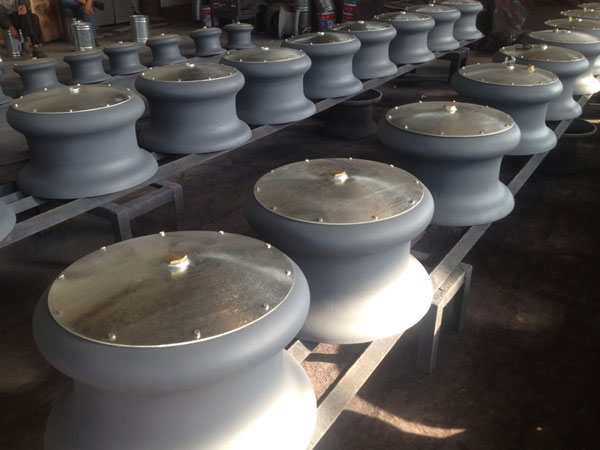
Mounting Hardware: Bolts, brackets, or other mounting hardware to secure the fairlead to the desired surface.
Grease Fittings: Some roller fairleads have grease fittings to lubricate the rollers regularly, ensuring smooth rotation and reducing wear.
3. How do Roller Fairleads Reduce Friction and Wear on Ropes?
Roller fairleads are specifically engineered to minimize the contact area between the ropes and the guiding system. When ropes slide over the rollers, the rolling motion creates significantly less friction compared to sliding against a fixed surface. As a result, the wear on the ropes is reduced, leading to less damage and longer rope life.
2 Types of Roller Fairleads
1. Single-Roller Fairleads
Features and Advantages:
- Single-roller fairleads have one central roller that guides the ropes or cables.
- They are relatively simple in design and installation.
- Suitable for applications where the rope needs to be guided in a single direction.
Common Applications:
- Single-roller fairleads are often used in winches, cranes, and small marine vessels where straightforward rope guidance is required.
2. Multiple-Roller Fairleads
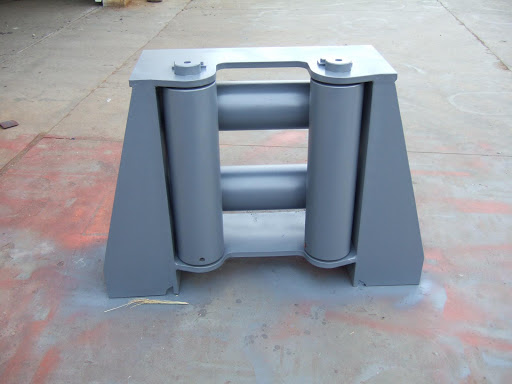
Features and Advantages:
- Multiple-roller fairleads have several rollers arranged in a row, allowing for more complex rope guiding paths.
- The distribution of load among multiple rollers further reduces friction and wear on the ropes.
- They provide increased stability and better control over the rope movement.
Common Applications:
Multiple-roller fairleads are commonly used in larger marine vessels, offshore platforms, and heavy-duty winching operations where ropes need to follow intricate paths.
Marine and Offshore Industrial Applications of Roller Fairleads
Use of Roller Fairleads on Ships and Offshore Structures:
- Roller fairleads are extensively used on ships and vessels to guide mooring lines, hawsers, and towing cables during docking and mooring operations.
- They are also employed on offshore structures such as oil rigs and floating platforms to guide various cables used for drilling, anchoring, and equipment handling.
Benefits in Marine Environments:
- Marine environments are harsh and corrosive, and roller fairleads are typically designed to withstand these conditions with materials like stainless steel or corrosion-resistant coatings.
- By providing smooth rope guidance, roller fairleads help prevent damage to ropes and cables, which is critical for the safety and efficiency of marine operations.
- They contribute to reducing the workload of crew members, making it easier to handle and control heavy ropes in challenging conditions.
Conclusion
In conclusion, roller fairleads are vital components in various industries, especially in marine and offshore applications. Their ability to guide ropes and cables while reducing friction and wear plays a crucial role in ensuring safety, efficiency, and longevity of equipment and operations. Whether it’s a single-roller fairlead for simpler applications or a multiple-roller fairlead for more complex guiding needs, these devices offer valuable benefits in handling and managing ropes and cables.

